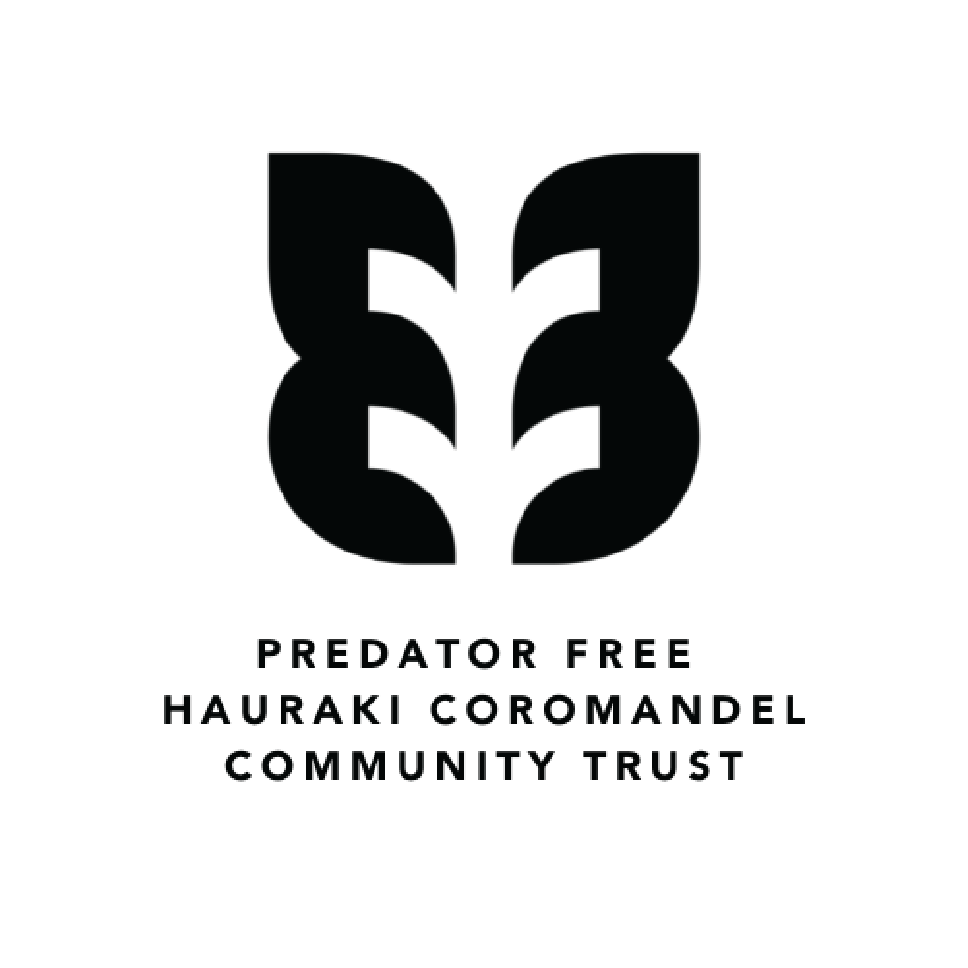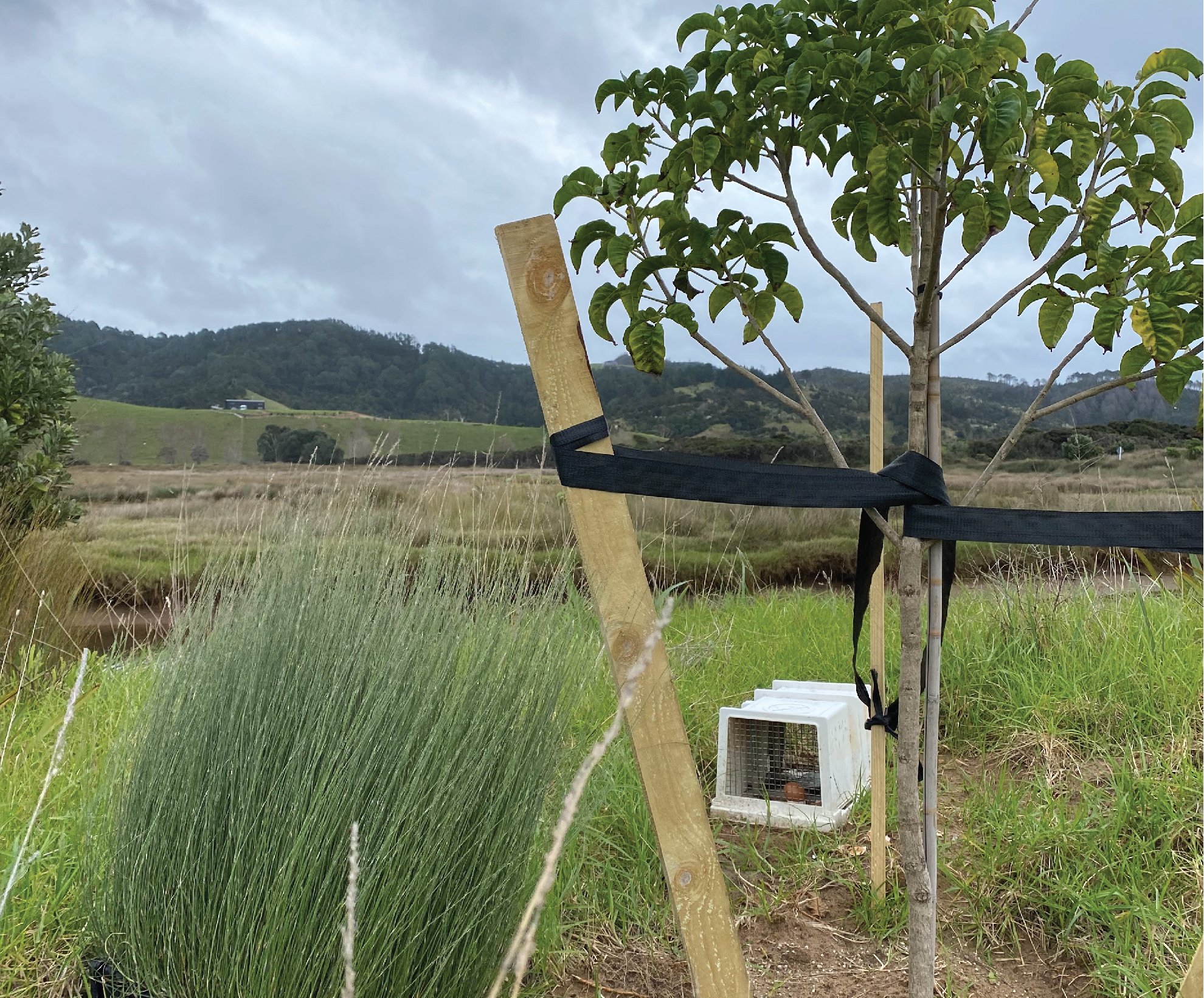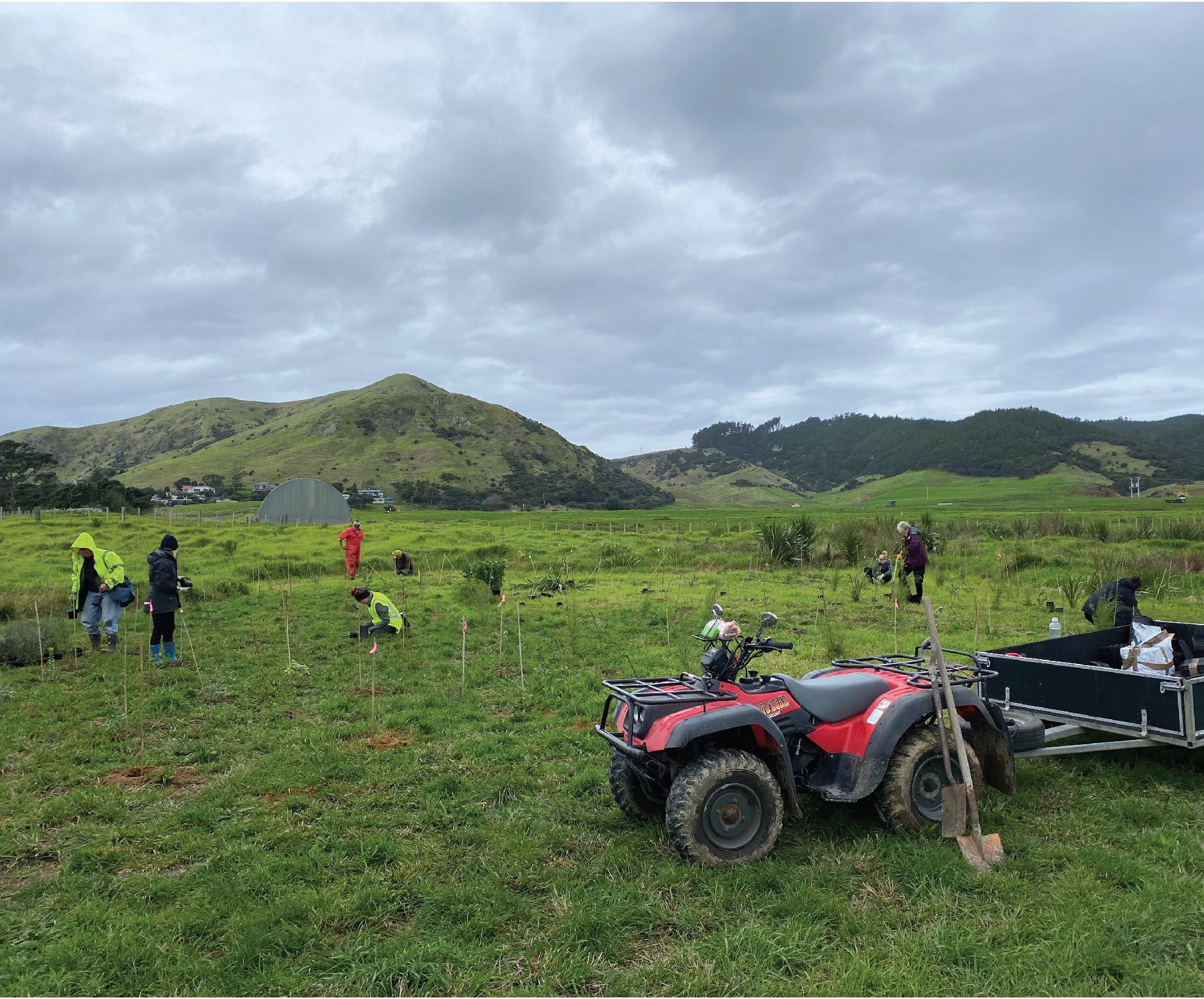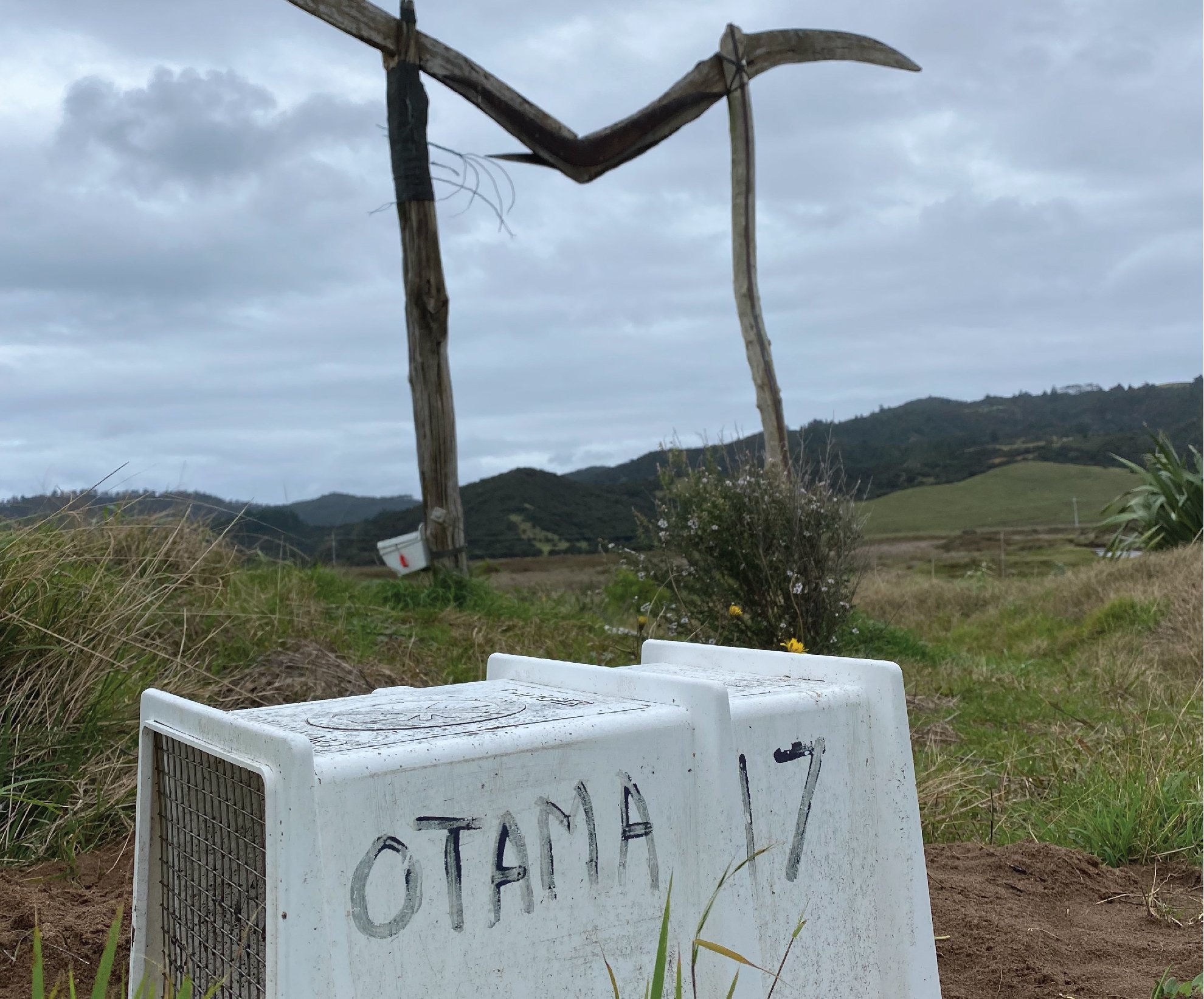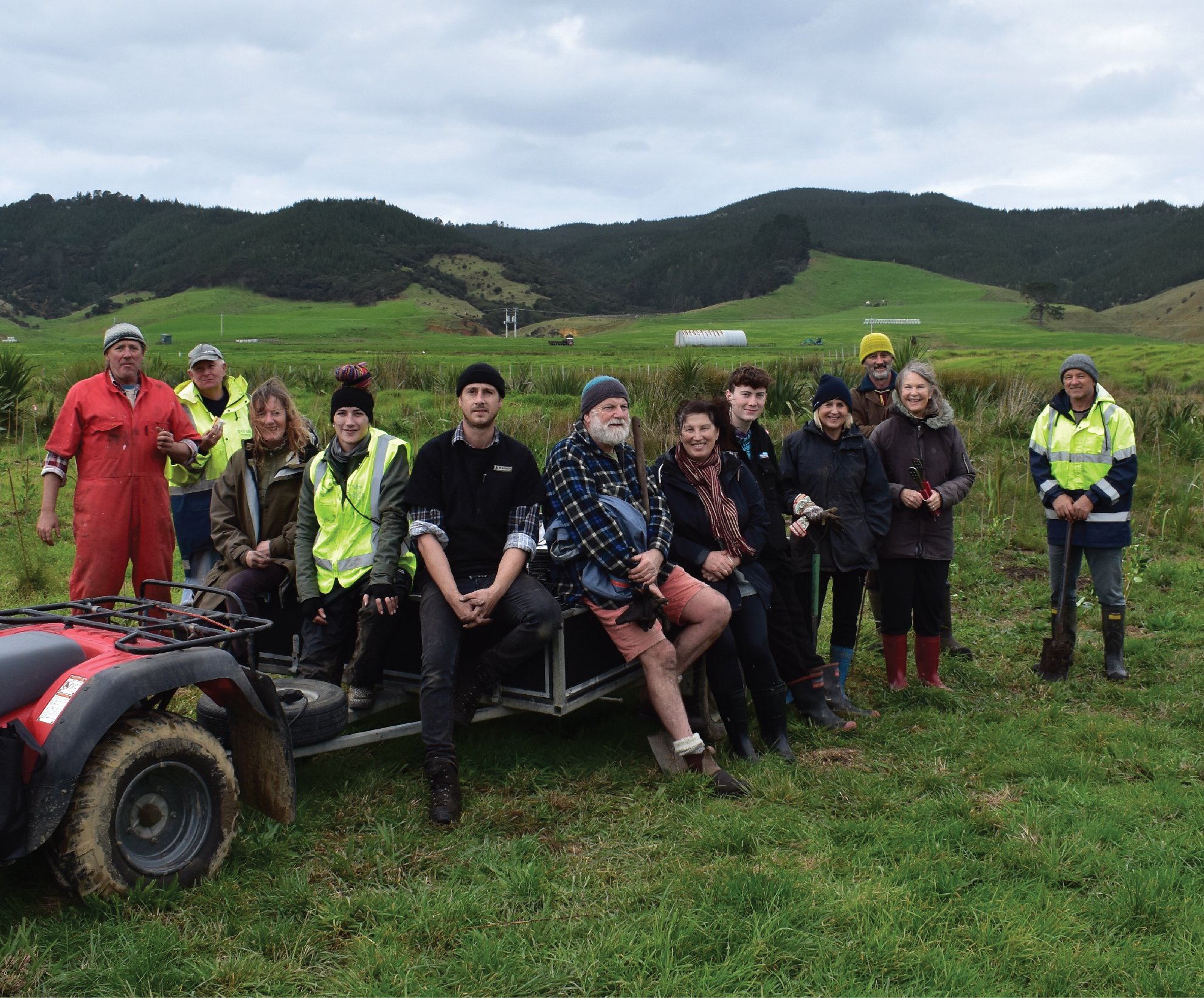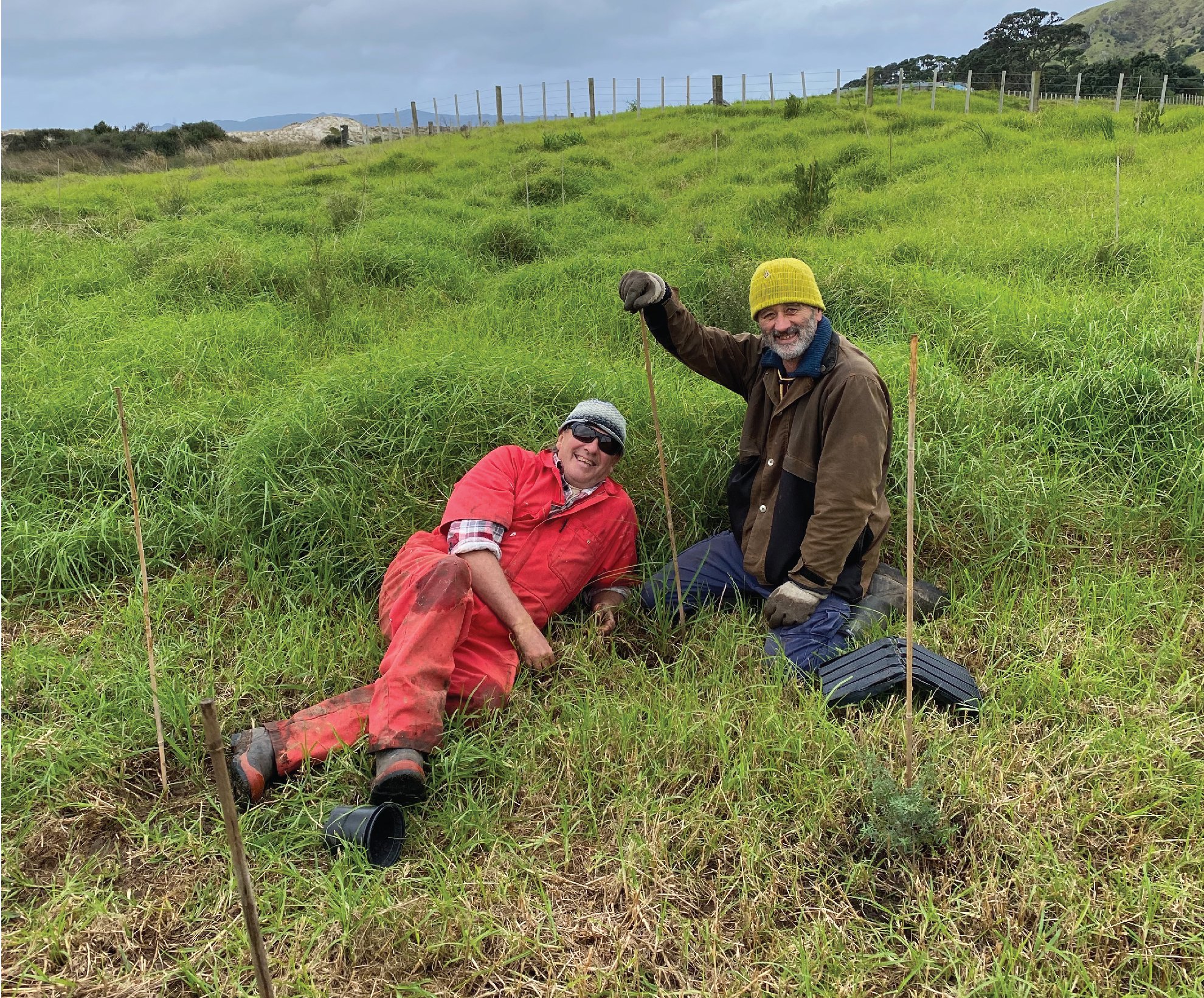Planting for the future with the Otama Reserves Group
A hardy bunch of volunteers from the Otama Reserves Group swapped their ugg boots for their gumboots on Sunday, braving the rain and cold in the first of two planting bees. With 2000 native plants provided by Coastcare it was a case of all hands on spades, with no heed paid to the wind and rain.
The group looks after a number of conservation areas at the beautiful beach, and this particular round of planting is being done next to the wetlands, on a piece of land owned by DOC that was previously a farmed paddock. The group has only been planting on this patch for three years, but the progress is already quite stunning. Bountiful bunches of young flax plants and small cabbage trees are looking right at home, and dotted around the reclaimed paddock are driftwood bird perches built by the Group Chair, Paul Kington. The perches have many uses: they are somewhere for the birds of the wetlands to take a peek at the surf, a place to mount possum traps and they also give the place the look of a modern art sculpture garden.
Work done in this spot previously is already reaping great rewards. The planting has secured the birds who dwell in the wetlands a bit of extra space to spread their legs, and the trapping program helps them do this without fear of being eaten. This extra bit of territory has helped threatened species start to flourish, and a number of people in the group have spotted matuku/bittern in the wetlands, with some lucky enough to snap pics of the threatened species. The wetlands are in fact getting such a reputation as a safe haven that Annemieke Kregting, AKA the Kūaotunu Bird Lady (Kuaotunu Bird Rescue Trust) has been releasing rehabbed birds here, knowing that it will be a refuge for them.
Also at the planting day were two cadets from Ngati Hei. Otama is rich in Ngati Hei history, and the Otama Reserves Group have forged a relationship with iwi and are working together on planting and predator control. Importantly, as iwi are an integral part of the consultation process for the work being done, this means appropriate respect is paid to sites of historical importance. Together they are on a hīkoi of shared understanding, respect and knowledge of our whenua.
The second of these planting bees is happening next Sunday, 31 July. The group will meet at the site next to the bridge at 10am for two hours of work and then a sausage sizzle. All are welcome, BYO gumboots and spade!
Article & Photography by: Carolyn Wadey-Barron
If your community conservation group would like to share your story and be featured on our blog, please get in touch! If you are interested in volunteering in the Hauraki Coromandel head over to our Contribute page and read more.

